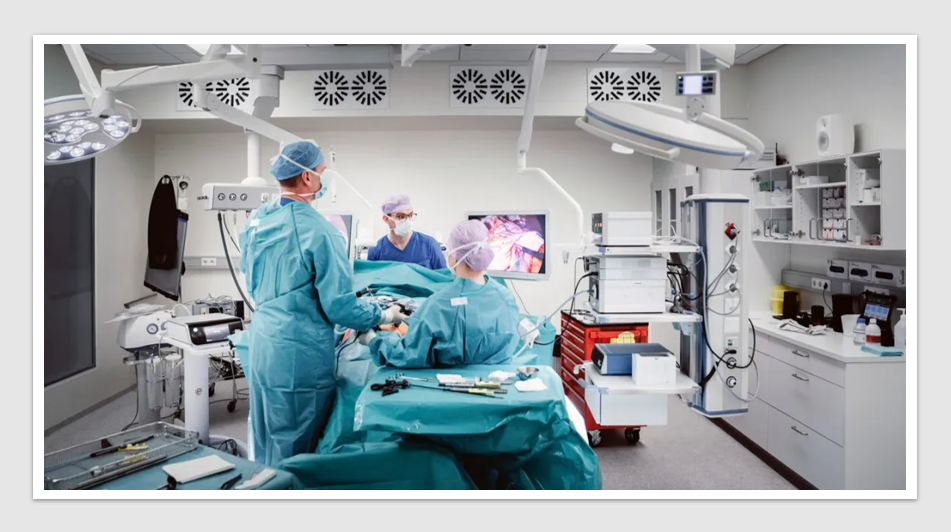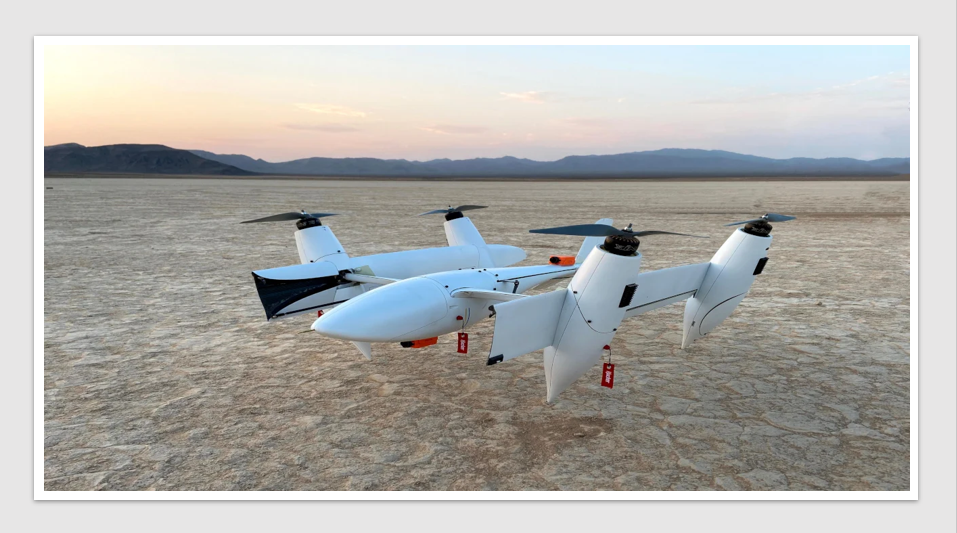Digital & Innovation
Closing the gap between gene engineering and machine learning to foster research

CSRIO and ANU researchers have collaborated to publish a review article translating between two distinct science domains to foster impactful cross-disciplinary research.
Machine learning (ML) and artificial intelligence (AI) have transformed many disciplines including healthcare. The more recently developed technology of genome engineering has a similar transformative potential
in molecular biology to gene therapy where the DNA of living cells can be modified to alter their capabilities and traits.
Health Industry Hub spoke with one of the authors Dr Denis Bauer,
CSIRO’s transformational bioinformatics leader.
This review discusses common problems, such as algorithm choice and interpretability, as well as pitfalls, such as overestimating accuracy and data interoperability, to equip researchers employing CRISPR systems for gene editing, with the knowledge to effectively use ML approaches.
Health Industry Hub: Please explain the basics of CRISPR (clustered regularly interspaced short palindromic repeats) genome editing and its application in healthcare research.
Dr Bauer: CRISPR is a molecule that loaded up with an enzyme such as Cas9 can manipulate the DNA at a certain position. This allows for the first time to precisely edit the genome of an living organism. Applications in health are predominantly around creating disease models in the laboratory by inserting the changes observed in a patient into a generic lab-culture to do testing on. However, in the future it can be used to perform GeneTherapy, that is “correct” the genetic misspelling in a specific tissue that has led to disease. Current clinical trials are underway in cancer and certain types of blindness.
Health Industry Hub: How has ML revolutionised this space?
Dr Bauer: Editing the genome at a precise location is very difficult. The landing spots for the editing machinery can look very similar, so a lot of considerations go into finding the optimal spot that is unique in the genome – like finding the right grain of sand on the beach that is sufficiently distinct from all other grains of sand. ML can help in prioritising a list of suitable candidates for the researchers to choose from. It also helps in understanding the nuanced rules that govern the stochastic processes inside of the cell to guide the machinery more efficiently to its editing spot.
ML significantly improves precision and speed in genome engineering. It is also more economical.
Health Industry Hub: What are the key challenges of ML and genome engineering?
Dr Bauer: The language barrier in the distinct jargons between the two disciplines has stifled progress. For example, “effectiveness” means one thing in ML and another in genome engineering. In the genome editing world it refers to the rate at which changes are introduced into the DNA and depends on molecular conditions, while in ML it refers to how successful a model has generalised from the training data and is measured by the accuracy on the testing data.
This review aims to equip both science disciplines with the knowledge to effectively work together.
Health Industry Hub: What do you see as the main opportunities in the short and long term?
Dr Bauer: Genome engineering is a very new field. Even in the 20+ year old ML technology, newly available compute resources enable fundamentally new application cases. So I think we are at the very beginning of the two fields. The biggest opportunity is hence learning how to use the combination of the technologies effectively in the clinical, environmental and agricultural space.
Health Industry Hub: How is IP and data privacy impacted by data sharing?
Dr Bauer: Understanding how CRISPR-based genome editing works requires data where there is no privacy concerns as they are merely from lab-cultures or synesthetic sequences. Understanding patient-specific responses, for example, to calibrate one of our other software tools VARSCOT, requires advancements in the genomics space, which aims at being able to share data while preserving privacy. Privacy may be achieved by only sharing relevant small data sources or by not sharing data in the clear but only the higher-order information that can be abstracted from it.
IP on the other hand is tricky in the CRISPR space. However, the digital space is leading a new way of commercialisation that caters for the rapid pace of modern technology advances. The technology from my group is typically open source and peer-reviewed. We commercialise it through cloud-based digital marketplaces which enable clients to use our scientifically sound software conveniently and efficiently.
Health Industry Hub: What are the 3 key takeaways from your publication?
Dr Bauer: 1. There is enormous benefit when different disciplines work together. Therefore making datasets publicly accessible results in ML methods being trained better. ML algorithms must have access to a large and representative data set to train accurate models.
2. Publishing both positive and negative experimental outcomes are valuable. For example, biological researchers may discard unsuccessful experiments, however to ML researchers this information is as valuable as positive experiments when training their algorithms to predict outcome.
3. Computationally identified factors shown to have a relationship with the efficiency of genome editing experiment should be phrased as experimentally testable hypotheses.
News & Trends - MedTech & Diagnostics

Bariatric surgery trumps Novo Nordisk’s Wegovy in cost-effectiveness and durability
MedTech & Diagnostics News: Bariatric surgery emerges as cost-effective, boasting superior and enduring weight loss outcomes over a five-year span […]
MoreNews & Trends - Pharmaceuticals

Aussie digital health company hits new milestone in AstraZeneca partnership
Pharma News: Fewer than 50% of asthma patients adhere to their prescribed preventative medications. An Australian digital health company has […]
MoreDigital & Innovation

Medical drone to reduce health equity gaps in rural and remote Australia
A specialised medical drone which increases accessibility to essential health services such as pathology, medicines, and telehealth services in rural […]
More